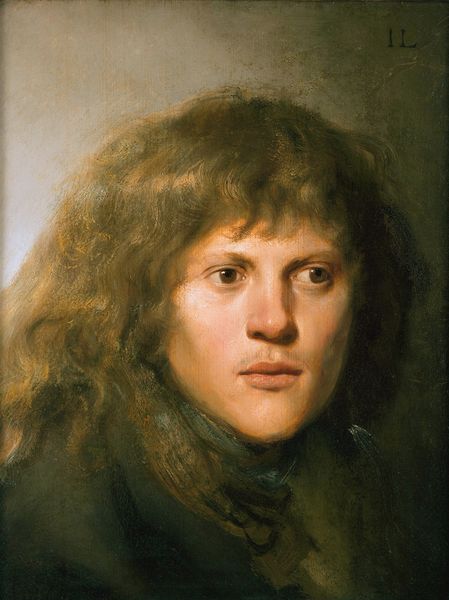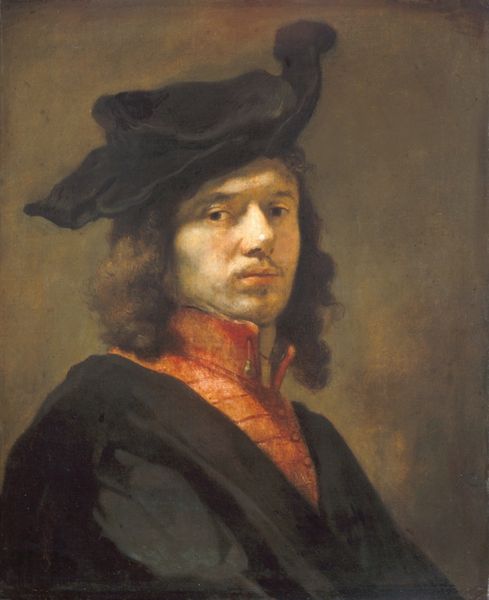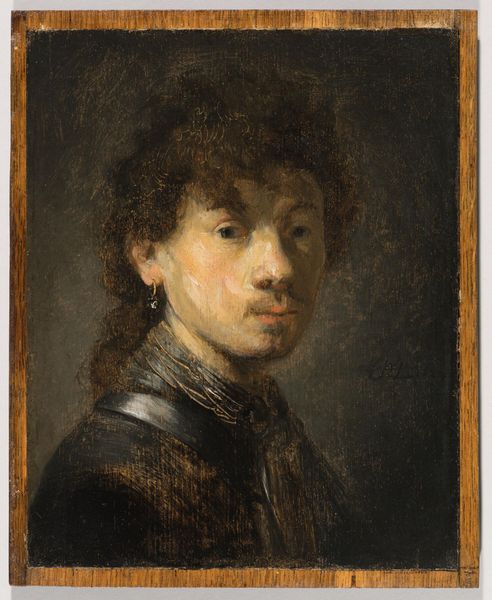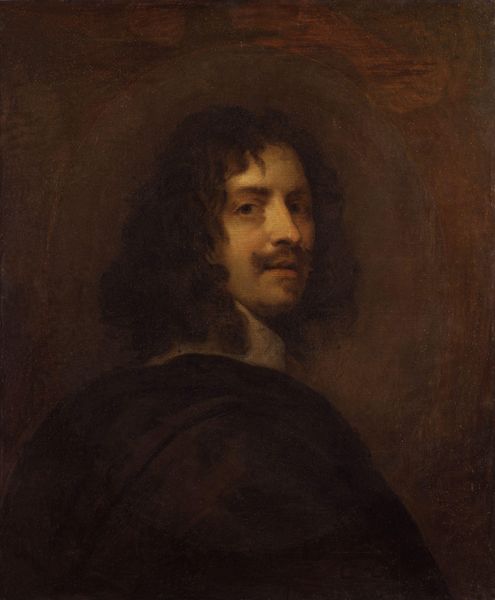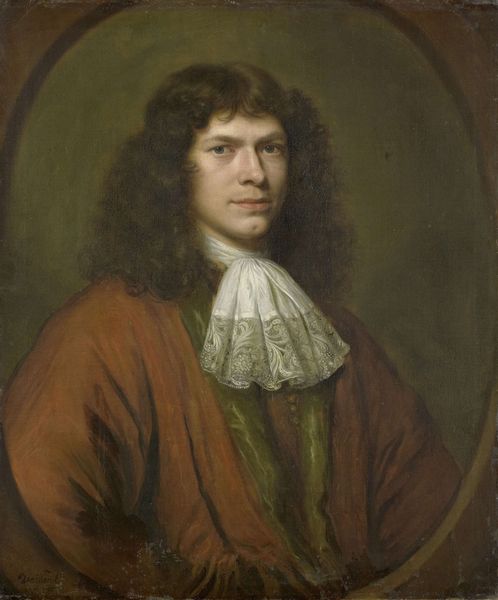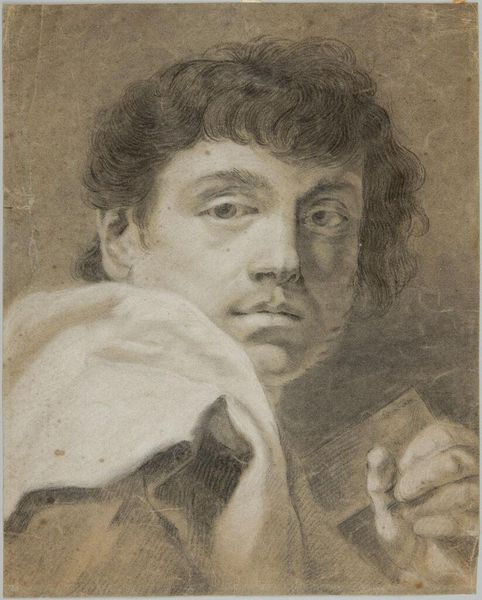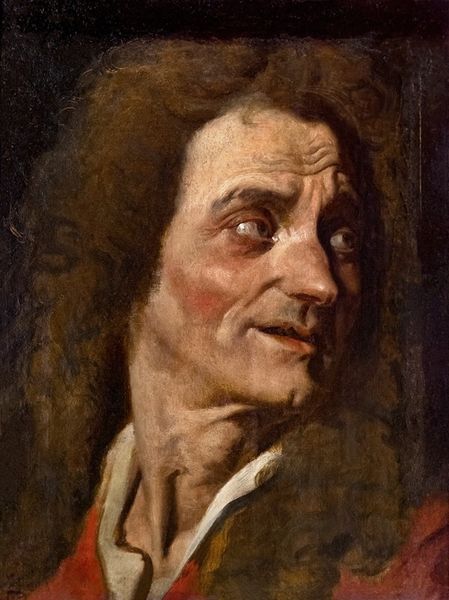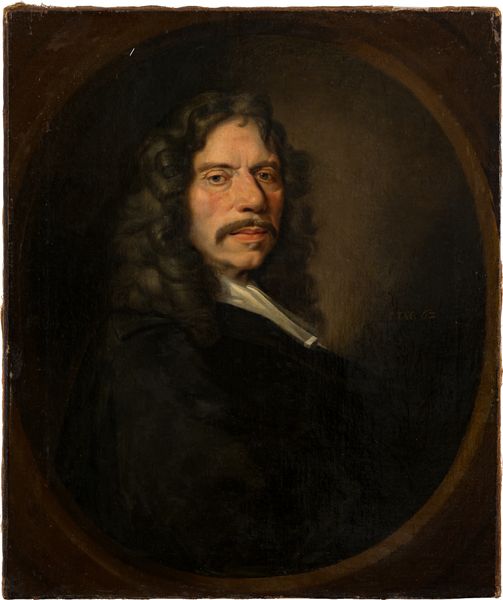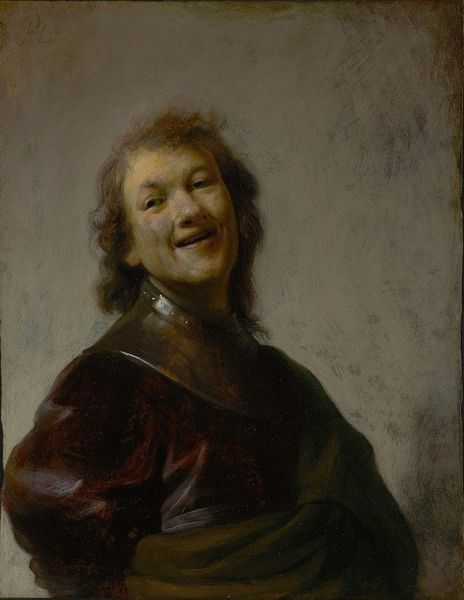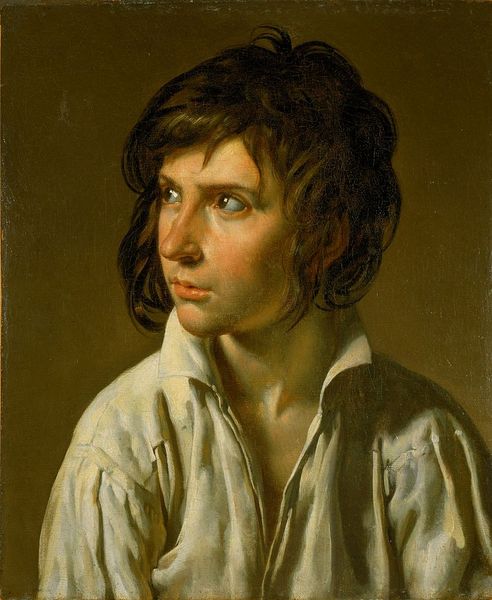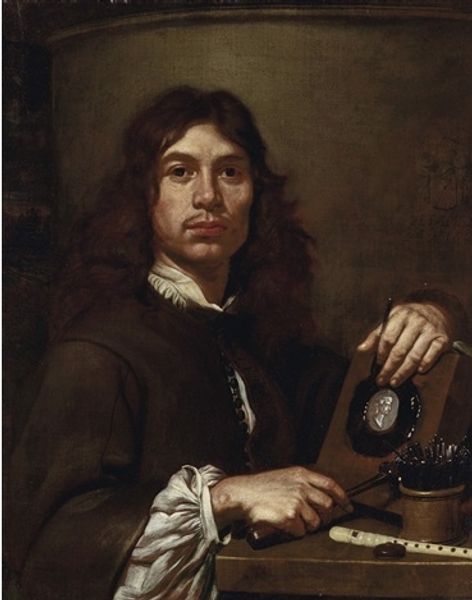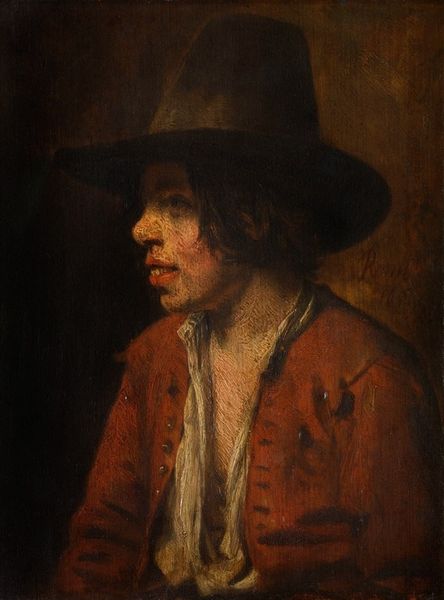
painting, oil-paint
#
portrait
#
self-portrait
#
baroque
#
dutch-golden-age
#
portrait
#
painting
#
oil-paint
Copyright: Public domain
Carel Fabritius painted this self-portrait in oil on canvas sometime before his untimely death in 1654. In it, he presents himself not as a courtier or wealthy merchant, but as a tradesman. Fabritius’s decision to present himself in this light offers insight into the social fabric of the Dutch Golden Age. The Netherlands was a republic, not a monarchy, and power was distributed among a wider range of citizens than in other European countries. This social mobility allowed artists to explore their identities and challenge traditional notions of status and class. The loose brushwork and tenebrism are also very evocative of his teacher, Rembrandt. The fact that he would study with Rembrandt tells you a lot about the art institutions that shaped him. Art historians consider the social conditions that shape artistic production. Through careful research, including the study of archival documents and other primary sources, we can better understand the complex relationship between art and society. This helps us understand that the meaning of art depends on its social and institutional context.
Comments
No comments
Be the first to comment and join the conversation on the ultimate creative platform.
